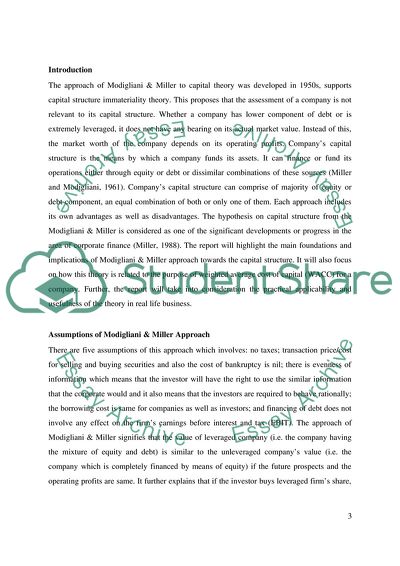Cite this document
(“Corporate finance Essay Example | Topics and Well Written Essays - 2000 words - 6”, n.d.)
Retrieved from https://studentshare.org/finance-accounting/1680959-corporate-finance
Retrieved from https://studentshare.org/finance-accounting/1680959-corporate-finance
(Corporate Finance Essay Example | Topics and Well Written Essays - 2000 Words - 6)
https://studentshare.org/finance-accounting/1680959-corporate-finance.
https://studentshare.org/finance-accounting/1680959-corporate-finance.
“Corporate Finance Essay Example | Topics and Well Written Essays - 2000 Words - 6”, n.d. https://studentshare.org/finance-accounting/1680959-corporate-finance.


